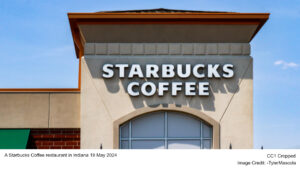The Cybercab, showcased at a Hollywood studio, is a testament to Tesla’s vision of a future without human drivers. Priced under $30,000 and slated for release in 2026, this vehicle is devoid of traditional controls, relying entirely on Tesla’s Full Self-Driving (FSD) software. The software, which has been in development for nearly a decade, aims to transition from supervised to unsupervised driving, promising a seamless and autonomous travel experience.
Despite the grandeur of these announcements, Tesla’s journey is riddled with complexities. Various publications have highlighted concerns over the reliability and safety of the FSD software. While Musk assures that the technology is advancing, the company’s track record of meeting autonomous driving milestones has been inconsistent. This uncertainty has contributed to fluctuations in Tesla’s stock performance, as investors grapple with the implications of these ambitious goals.
The competitive landscape further intensifies the pressure on Tesla. Companies like Waymo and General Motors are already deploying autonomous vehicles in select markets. Waymo, for example, operates self-driving cars without human safety drivers, setting a high bar for newcomers like Tesla. Additionally, autonomous freight transport is gaining momentum, with companies like Aurora Innovation and Gatik making strides in this area.
Beyond technological challenges, regulatory scrutiny poses significant hurdles for Tesla. The National Highway Traffic Safety Administration (NHTSA) has been actively investigating Tesla’s autonomous driving systems, particularly in light of incidents that have raised safety concerns. A notable incident last year involved a fatal crash with a motorcyclist, prompting further examination of the FSD software’s effectiveness in ensuring driver attention.
Tesla has been mandated to recall and update its software to address these safety issues, underscoring the critical importance of regulatory compliance in the autonomous vehicle sector. The Justice Department has also sought information from Tesla regarding its autonomous driving technologies, highlighting the legal complexities associated with deploying such cutting-edge innovations.
Despite these challenges, Tesla remains resolute in its pursuit of a driverless future. The company’s unveiling of the Cybercab and robovan reflects a broader strategy to diversify its offerings and establish leadership in the robotics space. Musk’s vision extends beyond individual vehicles, with plans to integrate these technologies into a comprehensive robotaxi network, allowing Tesla owners to monetize their vehicles when not in use.
As Tesla navigates the intersection of technological innovation and regulatory oversight, the path to achieving its ambitious goals remains uncertain. The company’s ability to overcome these challenges will not only shape the future of transportation but also influence the broader adoption of autonomous driving technologies worldwide.







Be First to Comment